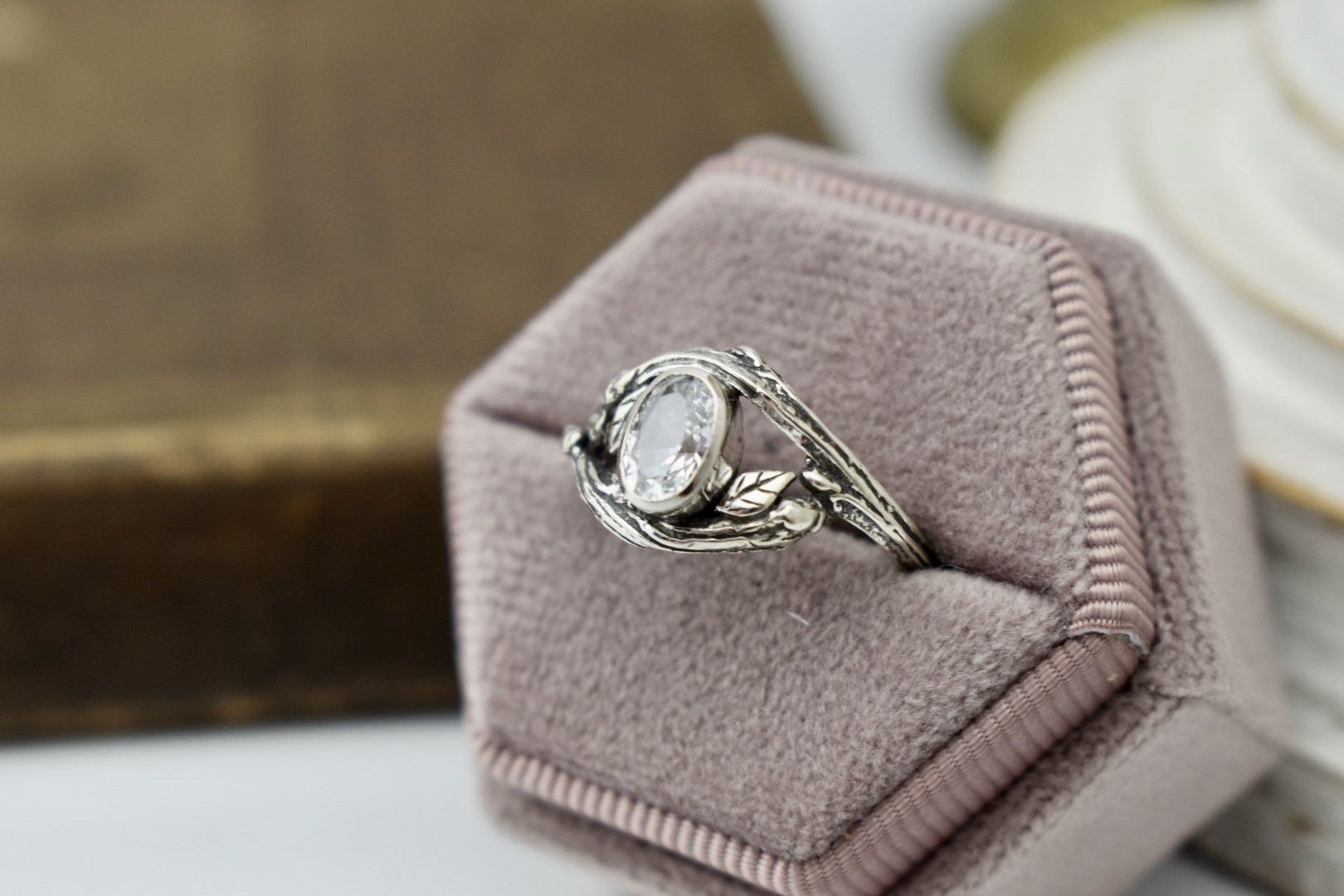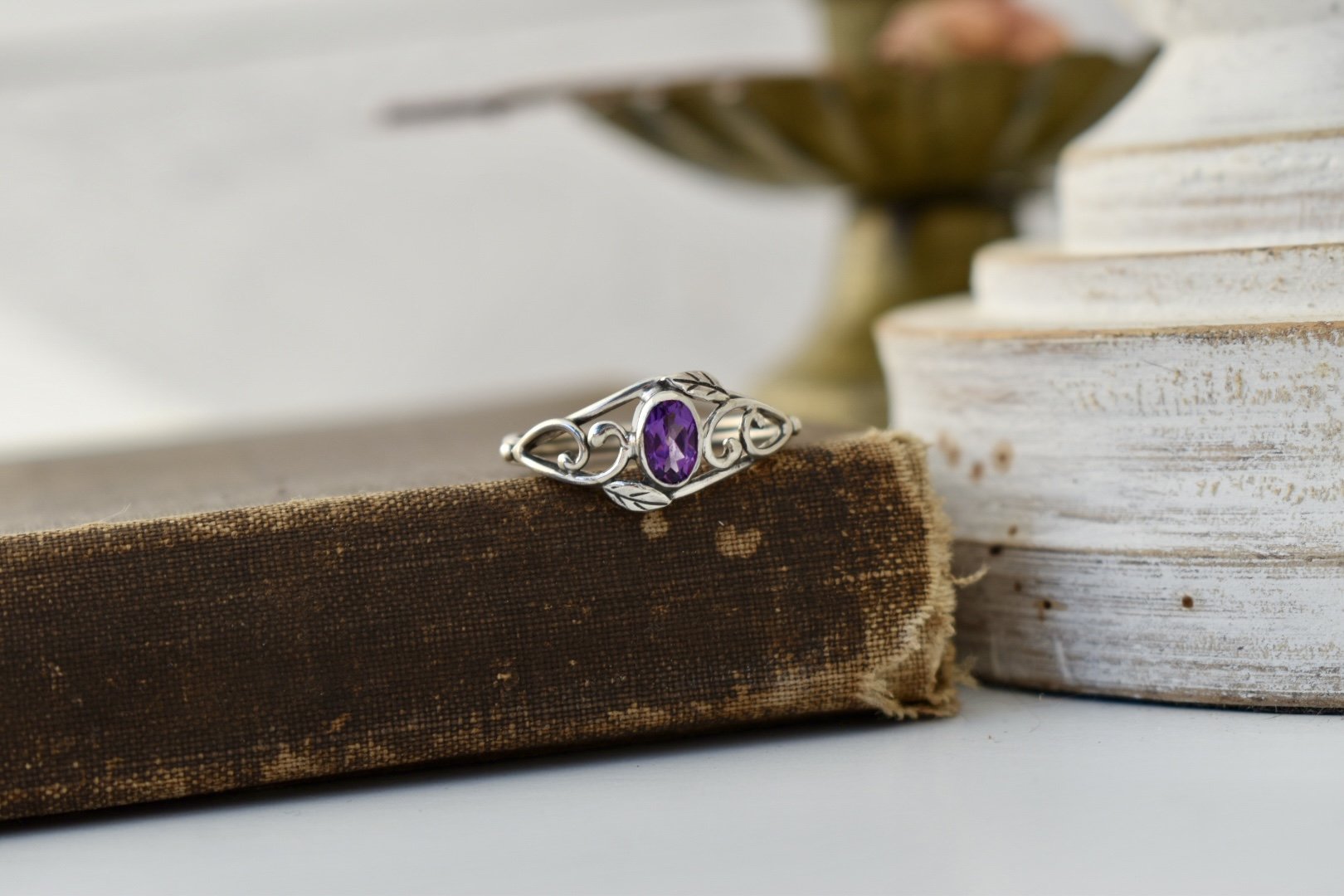Alternative Engagement Ring Stones
So diamonds aren’t your idea of “forever”? You’ve come to the right place! Frankly, as a jeweler and someone who likes to wear jewelry myself, diamonds aren’t my favorite gemstone on either front. I know, shocker right? Most jewelers cut their teeth on diamond sales and would do backflips and full on choreography to convince you to “invest” in your jewelry and future with “precious natural diamonds”. Don’t get me wrong, they are beautiful and I do sell them when preferred and they’re a perfectly beautiful choice for engagement or wedding rings. But let’s be real; they’re not rare, not even close to it; and their prices are horrifically inflated by fabricated scarcity thanks to the major diamond conglomerate DeBeers. (A company I will frankly bend over backwards to never need to interact with or give a cent of my profits).
There are quite literally hundreds of alternative stones to choose from, available in a rainbow of colors and variations in multitudes of different sizes, shapes, and cuts. But let’s explore what makes a “good” or “bad” stone choice for something as important as your wedding/engagement ring. Firstly, one should take into consideration their lifestyle. No matter what someone does for a living, skincare products they use, or where they choose to swim; rings of all kind tend to take a beating in their lifetime. Add to that the fact that you will likely almost never take this ring off for the rest of your mortal life, and you will find that you probably want stones that are as sturdy as, say, a diamond.
Enter, the Mohs Scale. This is a scale which is commonly used to measure the hardness of a stone. Introduced in 1812 by German geologist and mineralogist Freidrich Mohs. The harder the stone, the better it resists damage from scratches or bumps. Diamonds are famously at the top of the scale at a 10. But did you know a stone doesn’t have to be ranked at the top to be sufficient for a ring? The Mohs Scale ranks from 1-10, with Talc being the softest. Any stone ranked at at least an 8 or higher on the scale, is strong enough to withstand lifetimes if not centuries without much, if any, damage when cared for.
So what stones rank at an 8 or more? The main stones at or above this benchmark are Topaz (8), Alexandrite (8.5), Ruby (9), Sapphire (9), Moissanite (9.25), and Diamond (10). All of these options make for stunning choices for engagement rings and will certainly last the test of time. They all come in a variety of colors, sizes, shapes, and cuts. And before you ask, yes lab created gemstones have the same hardness ranking as their natural counterparts.
Can wedding or engagement rings be made with stones below an 8? Yes! They most definitely can be. However, these designs will inherently be more fragile and prone to scratching, dulling, or chipping over time. If you truly want to opt for one of these such as Quartz, Tourmaline, Peridot, Tanzanite, or Emerald; it is highly recommended to learn how to properly care for this type of jewelry to ensure its longevity. It is definitely possible to have these stones and more for your special rings, they just take more care and caution when wearing to keep them looking pretty. (My own wedding ring is Tourmaline ;))
No matter the choice, always make sure you take good care of your jewelry and when deciding, take into account your personal lifestyle and needs. Do you do manual hard labor? Do you cook a lot? Are you an avid swimmer, biker, hiker, or climber? Are you a “meticulously care for all worldly belongings” or a “less extra work the better” kind of person? All of these things play into how much rough handling your ring will inevitably see in its lifetime and should be considered when choosing something that means so much to you.


